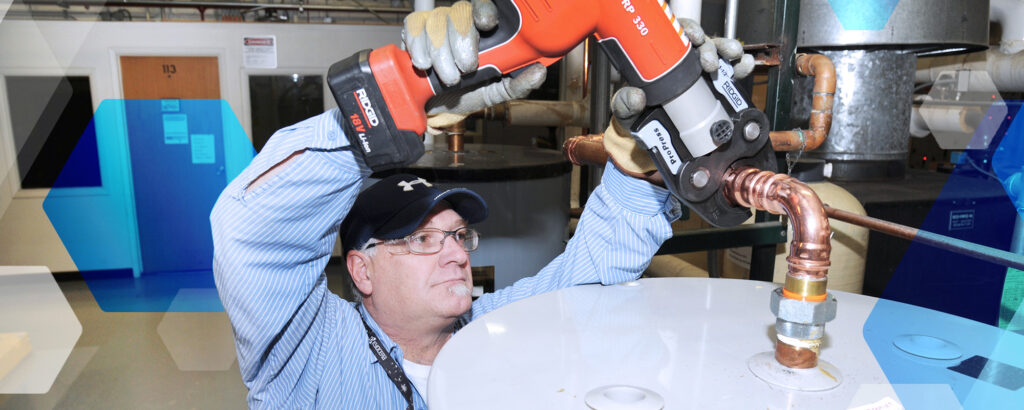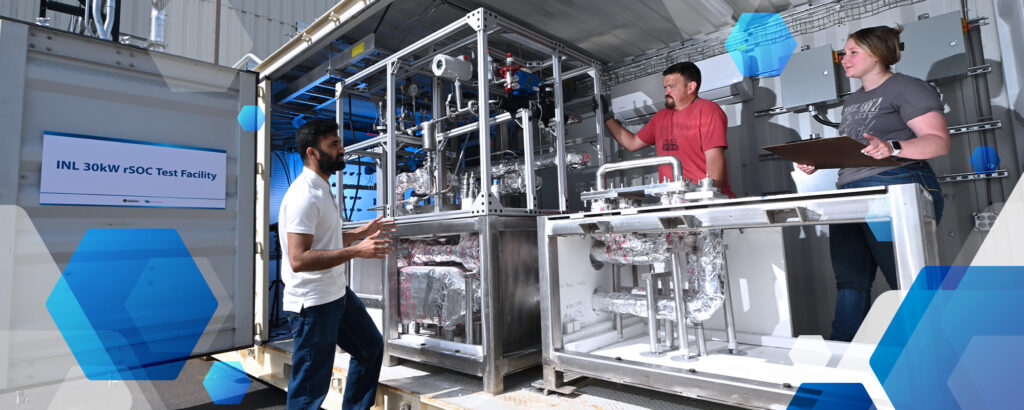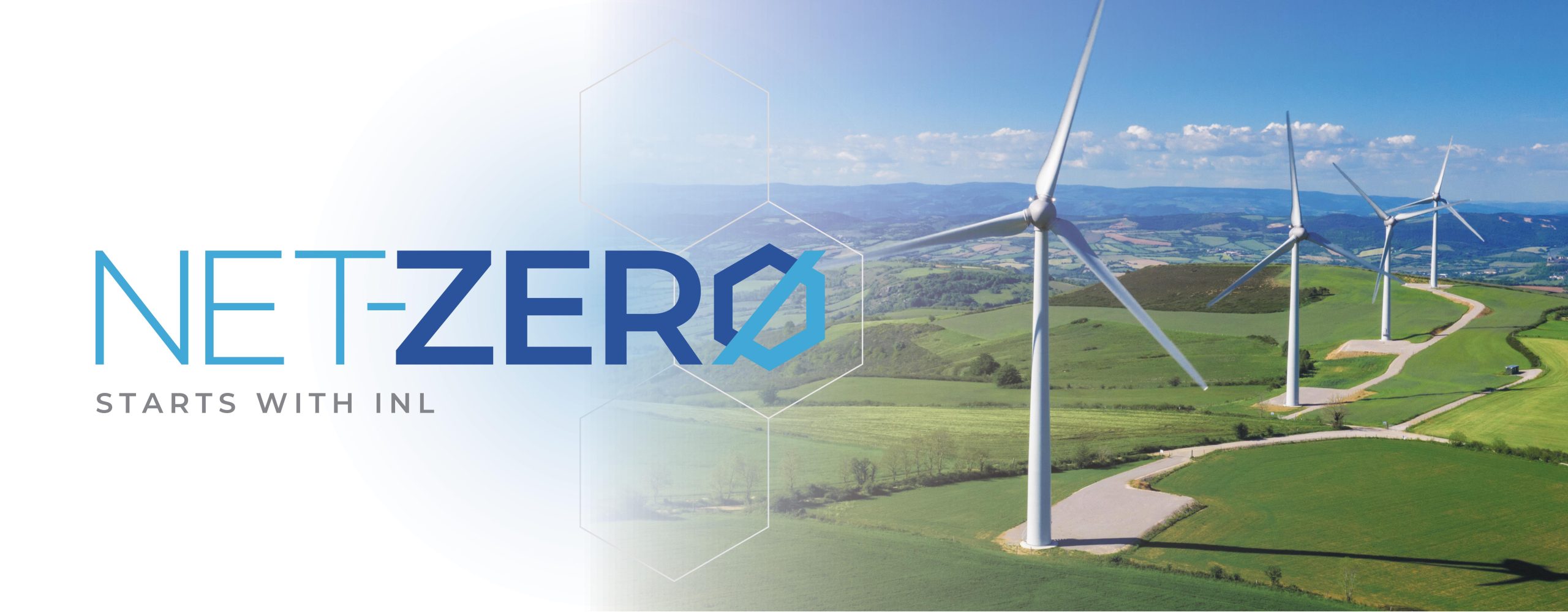
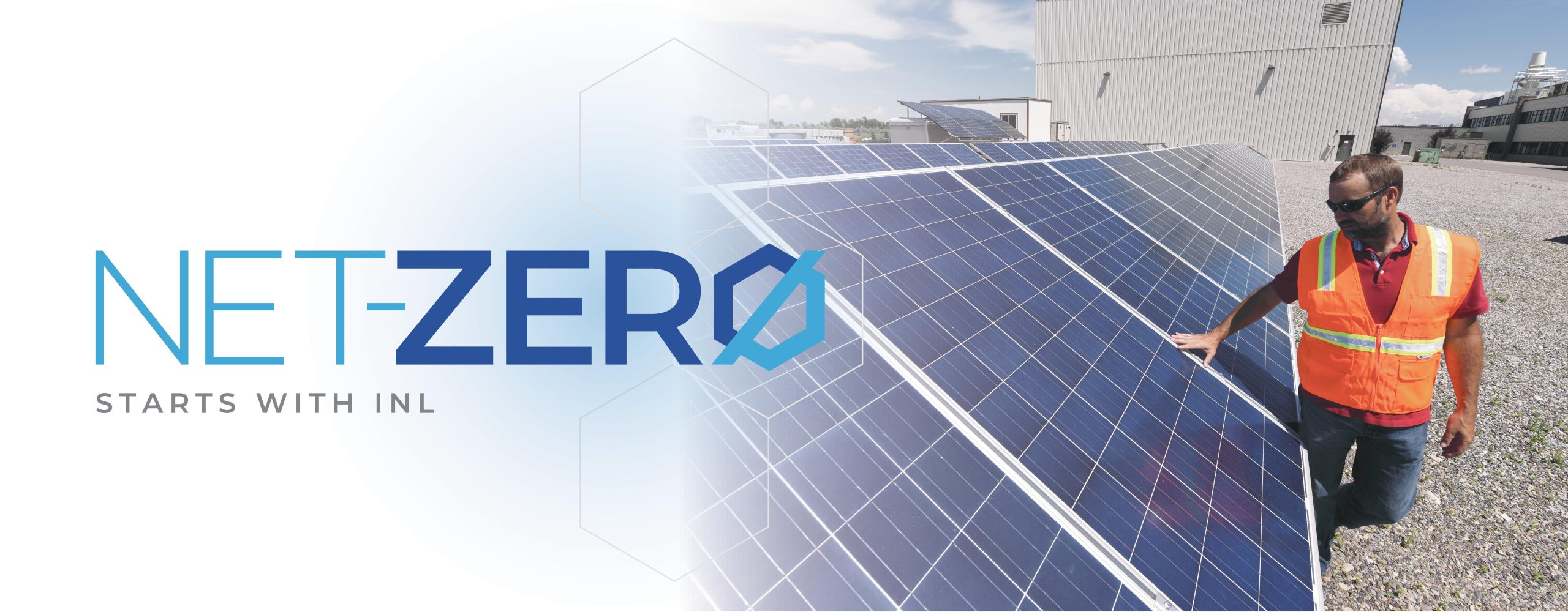
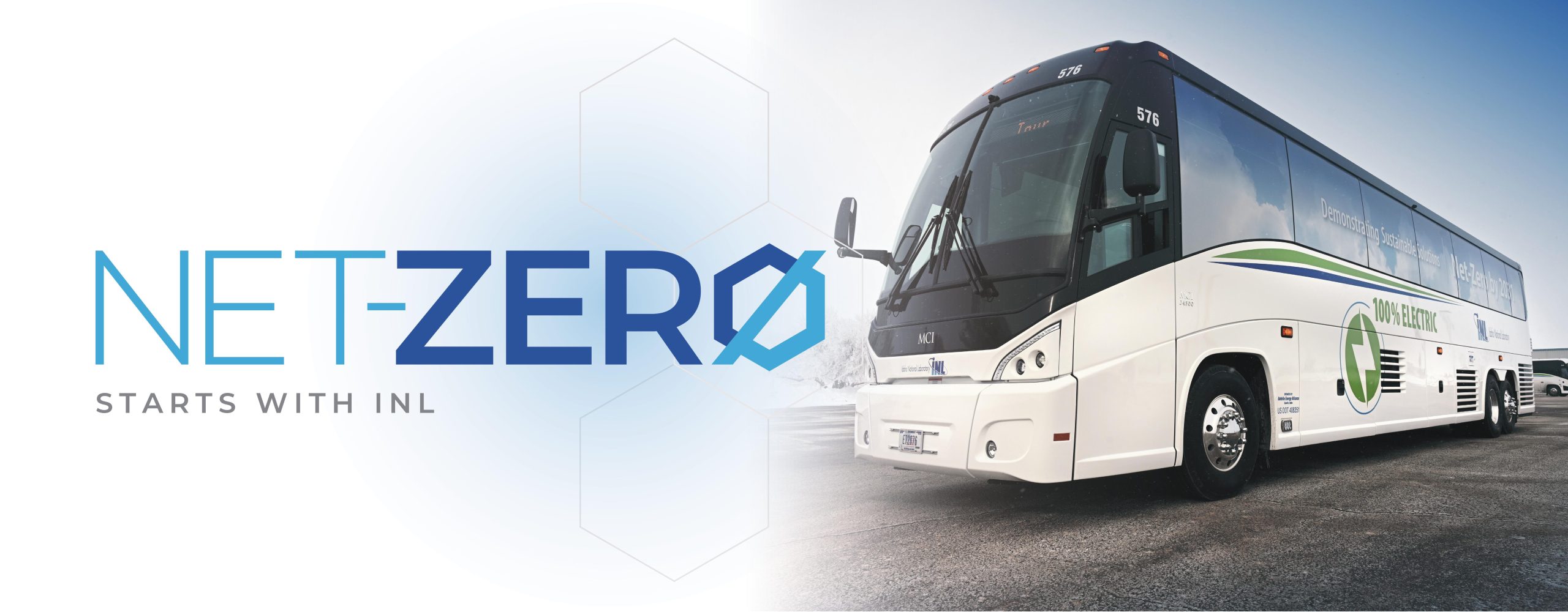
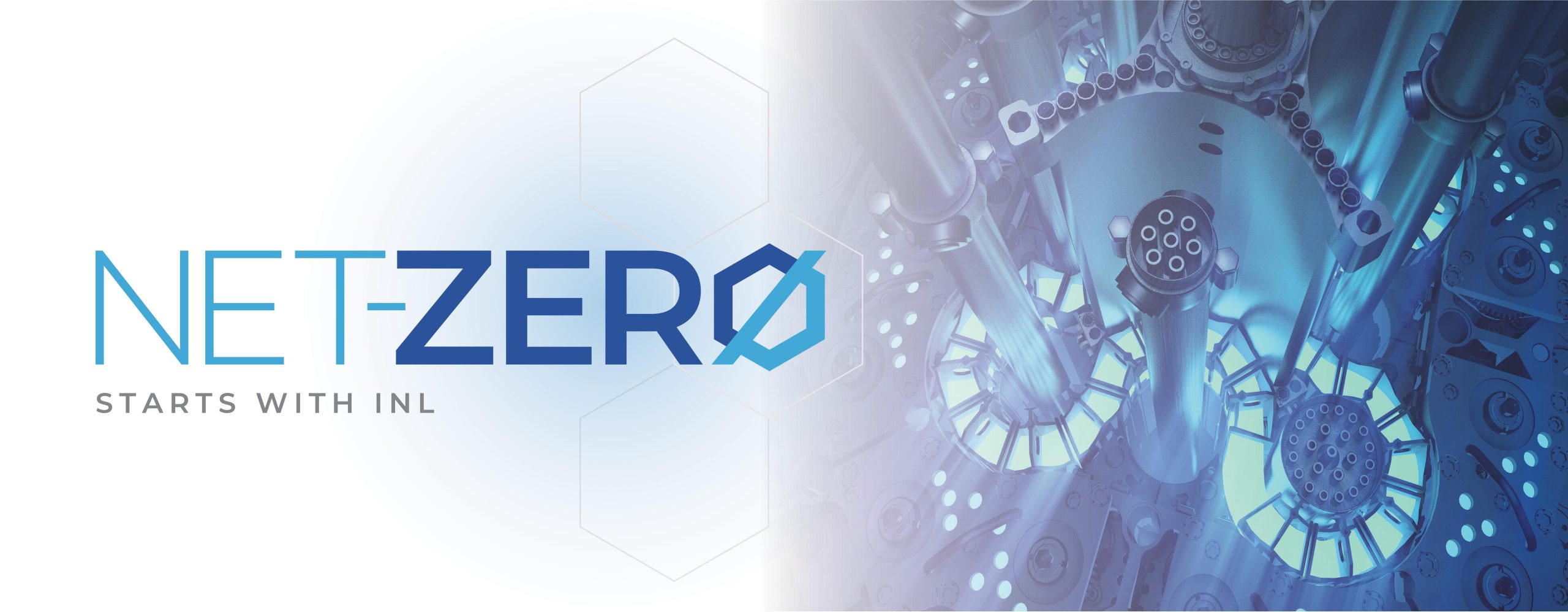
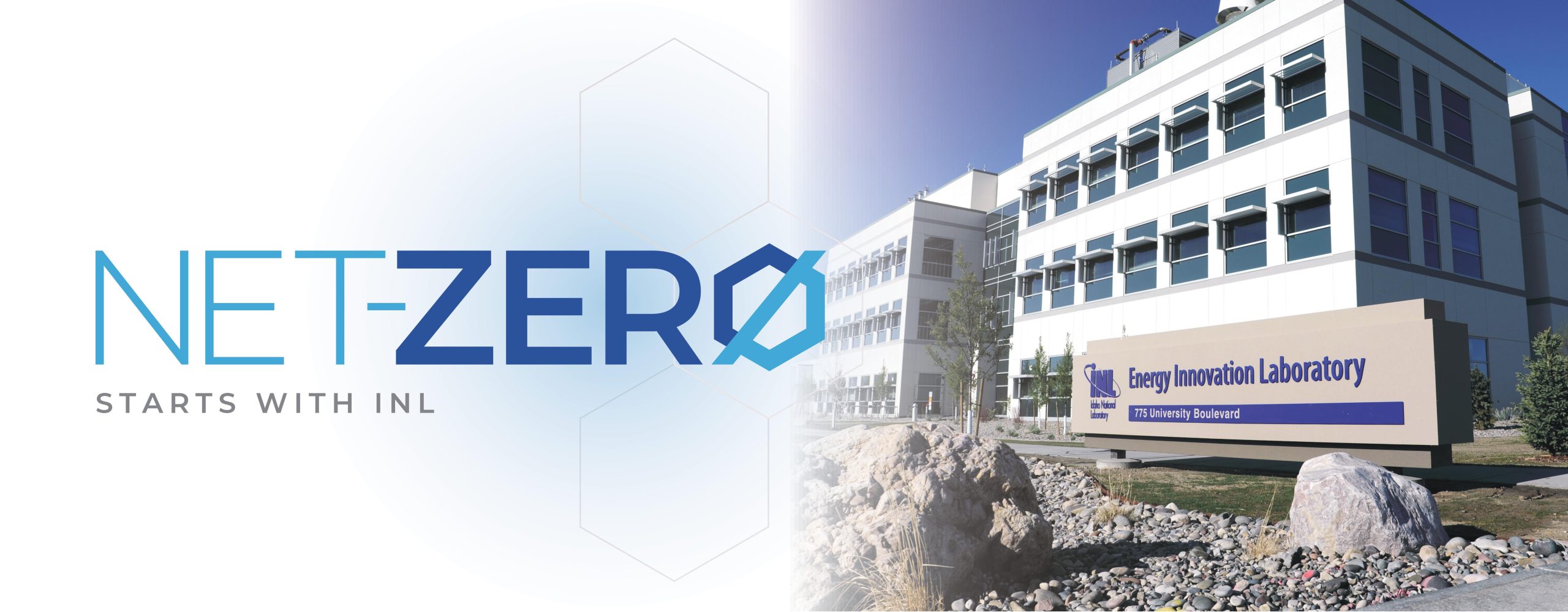
Idaho National Laboratory is a world leader in solving major energy challenges by creating reliable, sustainable and secure energy solutions. Those solutions include developing ways to reduce carbon emissions to stave off the major impacts of climate change.
INL’s focus on clean energy research provides both an opportunity and a responsibility for our employees. In 2021, the laboratory committed to becoming a national model for achieving net-zero emissions by 2031. INL will do this by developing and implementing carbon-free and carbon-capture technologies on the forefront of the move to zero-carbon emissions.
INL IS USING ITS WORLD-CLASS RESEARCH AND CORE MISSION TO ACHIEVE NET-ZERO EMISSIONS FOR BUILDINGS, VEHICLES, OPERATIONS AND VENDORS BY 2031.
The Department of Energy is exploring the opportunity of leasing federal land to industry for clean energy projects at Idaho National Laboratory as part of the Cleanup to Clean Energy initiative. Five federal sites were selected to boost clean energy production by making DOE land available for potential carbon-free energy projects.
The initiative supports larger decarbonization targets in the region and nation. Lean more about Cleanup to Clean Energy at INL.
The Net-Zero Program is capitalizing on innovative solutions to reach net-zero carbon emissions from site operations by 2031. In alignment with Executive Orders 14008 and 14057, INL unveiled its Net-Zero Plan in 2021 to communicate its commitment and approach. The Net-Zero 2031 Plan updates the scope and progress, enhancing transparency, sharing initial outcomes, and serving as a reference for similar efforts. The plan encompasses decarbonization across buildings, transportation, landfills, and stationary combustion sources with nuclear electricity generation as it becomes available. INL’s work is guided by an internal playbook and reflects its commitment to innovation, sustainable solutions, and influencing broader decarbonization efforts. Read the plan here.
Net-zero means keeping things in balance. INL will reach net-zero when the amount of greenhouse gas emissions produced by the laboratory equals the amount of greenhouse gases removed from the atmosphere. We will eliminate emissions where we can by replacing older technologies with newer or cleaner technologies. Achieving net-zero doesn’t mean we won’t produce emissions, but any greenhouse gases we produce will be offset by carbon-capture technologies.
INL’s goal is to achieve that balance and reach net-zero emissions by 2031 by eliminating or offsetting all the greenhouse gas emissions from its 357 buildings, 605 vehicles and approximately 5,400 employees spread over its roughly 900-square-mile campus.
Our staff’s ingenuity and expertise in energy research drive innovations that lead to cleaner energy production and reduced carbon emissions. We will demonstrate solutions, including integrating advanced nuclear reactors with other clean energy systems on a microgrid to provide clean, secure electricity, thermal energy, hydrogen, ammonia and other value-added products to achieve carbon reduction goals.
- • Carbon dioxide
- • Methane
- • Nitrous oxide
- • Fluorinated gases
A carbon footprint is the amount of carbon dioxide (CO2) released into the air because of our own energy needs. Having a small carbon footprint is preferred but being carbon neutral is the goal. INL’s carbon-neutral goals will be achieved when the energy our operations consume come from clean sources, our supply chain adopts carbon-neutral standards, and the amount of CO2 produced from our activities is equal to the amount absorbed. In other words, no additional CO2 is being produced and the net sum is zero. One example is capturing methane from INL’s landfill to use as a valuable economic and clean energy resource.
INL commits to use no renewable energy certificate offsets in reaching its zero-carbon goals.
INL regularly reports its greenhouse gas emissions to the Environmental Protection Agency in three different categories (referred to as scopes):
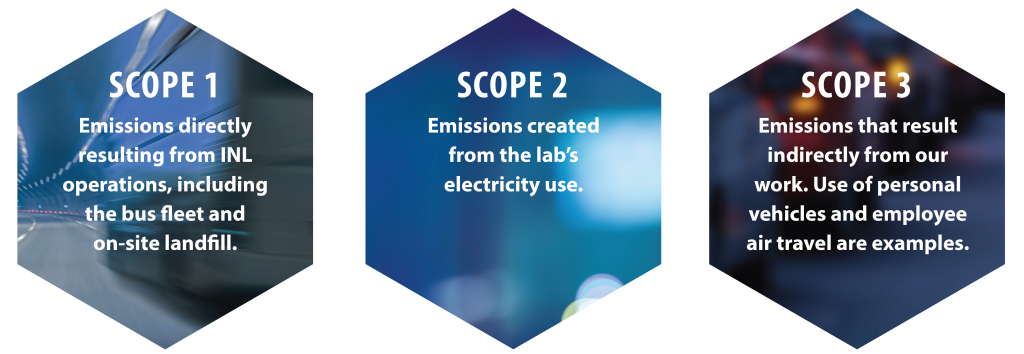
INL is a world leader in energy research and development. Our lab identifies big challenges and turns them into opportunities. Our scientists and researchers continually try to improve our nation’s energy systems.
This initiative will create inclusive consortiums to share best practices and offer ideas and solutions to other entities looking to reach net-zero emissions.
INL will use technology innovations and partnerships, increased efficiencies, and novel approaches to demonstrate the path forward for establishing a clean energy economy. We will demonstrate clean, scalable solutions like decarbonizing our on-site bus fleet. We are looking inward and using our world-class research and core mission work to achieve net-zero by 2031.
IN THE NEWS | NET-ZERO
“OUR STAFF HAVE A STRONG SENSE OF DUTY TO CONTRIBUTE SOLUTIONS TO THE MOST PRESSING TECHNICAL CHALLENGES FACING OUR NATION AND THE WORLD.”
– JOHN WAGNER, INL DIRECTOR
Net-zero starts at INL
Idaho National Laboratory’s 890-square-mile desert site is ideally suited to meet this challenge and inform the nation about best practices in achieving net-zero. The INL Site is like a small city, with more than 100 miles of transmission lines, a landfill, vehicle fleet, buildings, and roads – emission sources that must be addressed. The lab’s capabilities, staff, resources and mission offer a unique opportunity to meet this goal and establish a net-zero model for the nation.

Leading us to Net-Zero through nuclear innovations
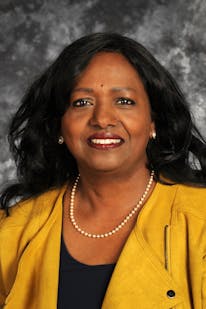
Jhansi Kandasamy, Director of the Net-Zero Program, has long been a trailblazer in the nuclear field–rising from an intern at Limerick Generating Station to vice president of Engineering Services Nuclear at GE-Hitachi Nuclear Energy before joining INL. Her 30 years of experience in the nuclear industry have given her incredible perspective as to how nuclear can move INL and the nation to net zero carbon emissions. She is using this knowledge combined with her leadership skills, including those she developed while chair of U.S. Women in Nuclear (WiN), to usher in a new energy era transformed by advanced nuclear technologies that will change this region and the world.
If you have a question or concern, please send an email to [email protected].


